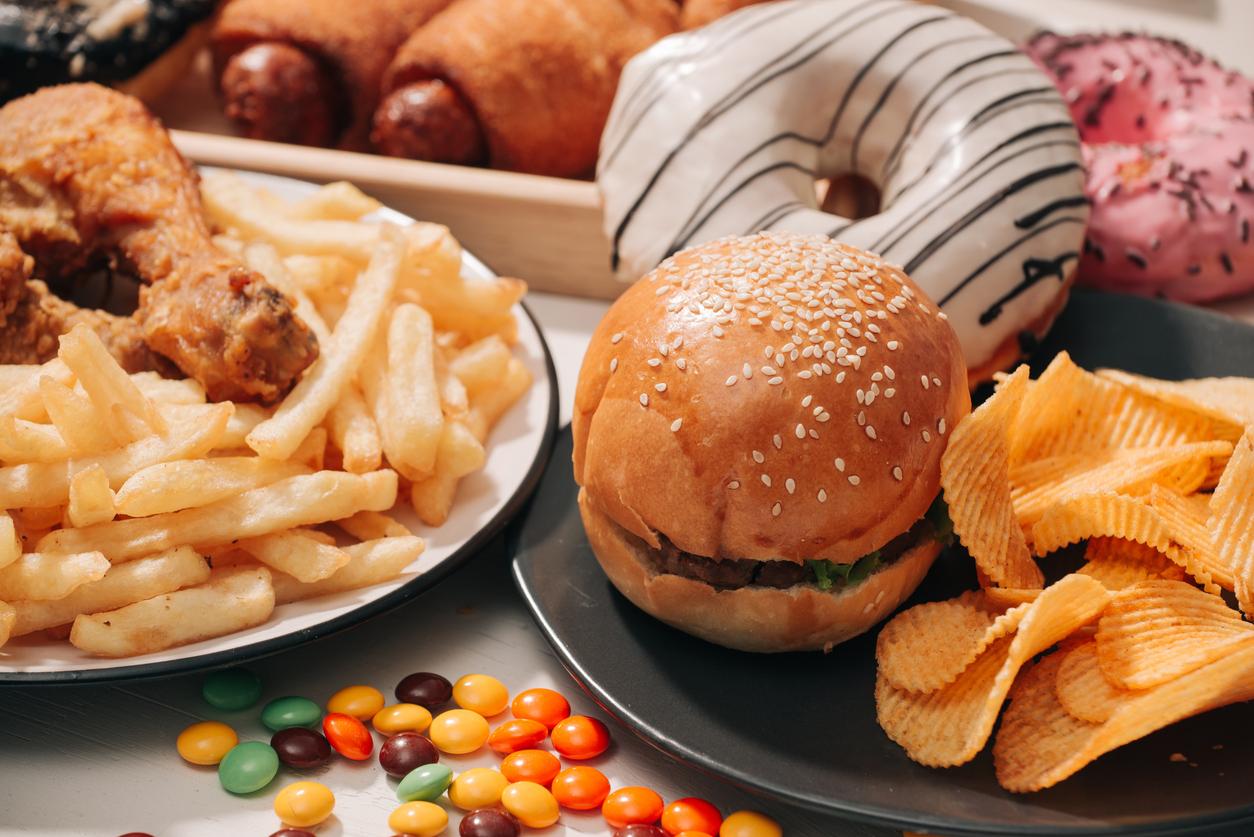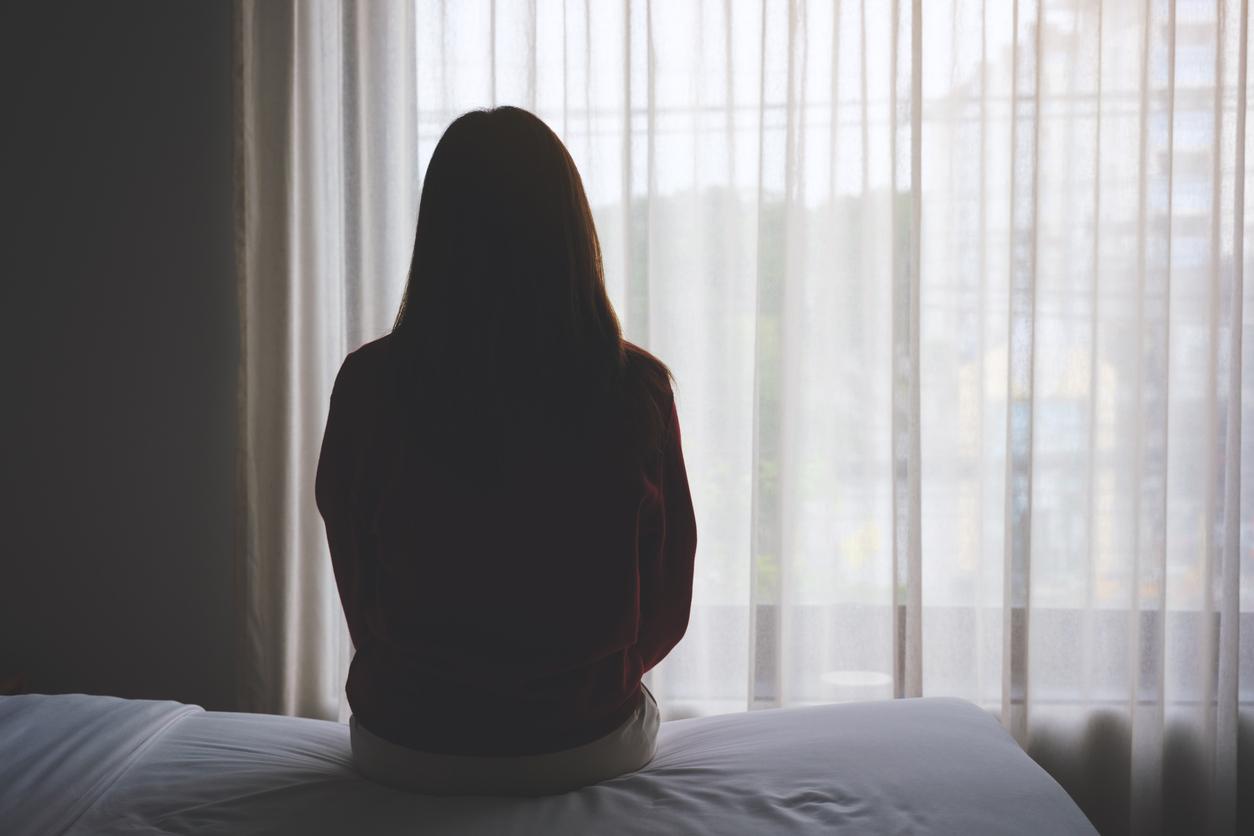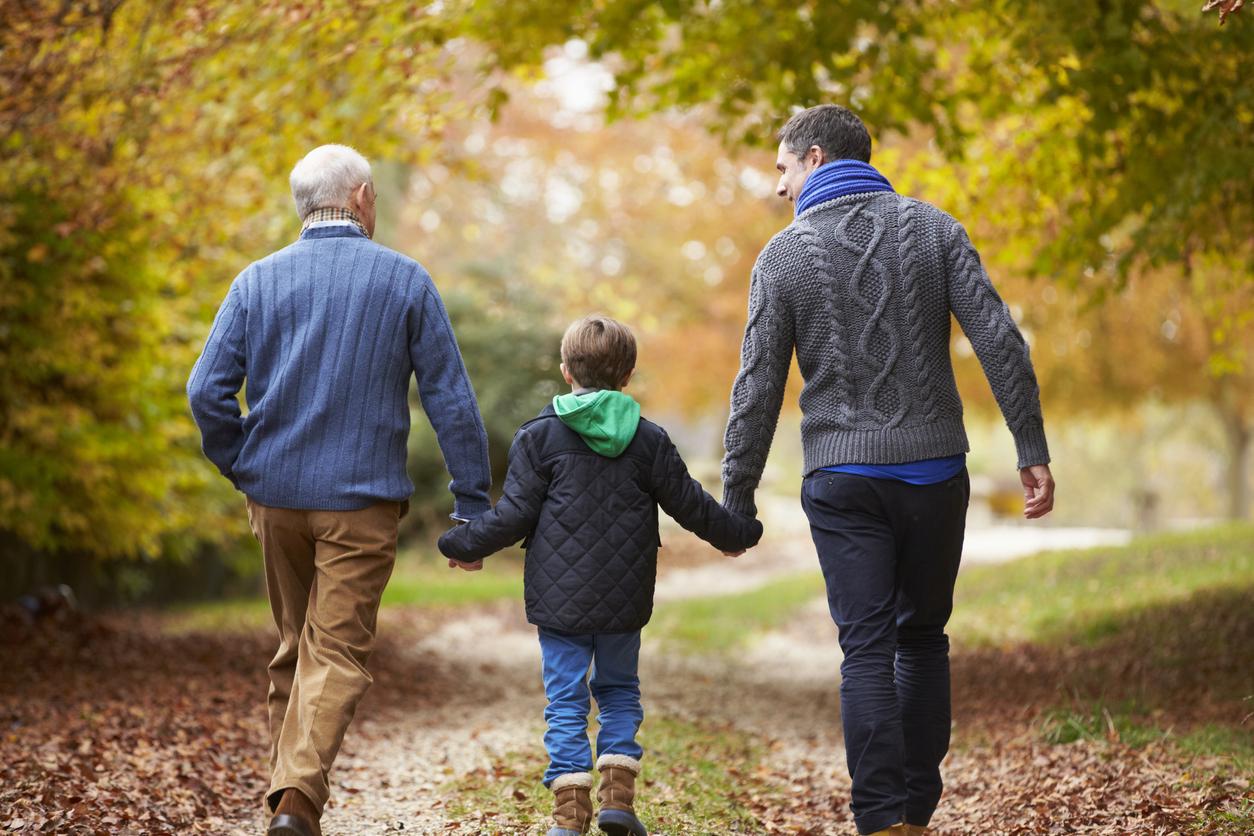If, during periods of confinement, adults could always “pass the time” thanks to teleworking, sports or even creative activities, the children were (a little) forgotten. And this isolation could potentially be responsible for psychological consequences – stress, anger, even a feeling of distress. Surveillance of emergency services by Public Health France has also shown a greater number of use of these services for psychological disorders that occurred in children and adolescents during the health crisis.
This is why, as of this Monday, Public Health France is launching a large study on the well-being of children near 30,000 children aged 3 to 11. This study, called Enabee, will to estimate the prevalence (i.e. the number of children concerned) of the various difficulties encountered, such as mood disorders, anxiety, phobias, or even learning disabilities. children included in this study are educated in primary education (from the small section of kindergarten to CM2), within public and private establishments under school education contract, in metropolitan France and in the DROMs.
“In practice, with the agreement of the educational team, investigators will come to the class of children in elementary school for a session on school time. The children will individually complete their interactive questionnaire. The teachers will complete a 3-minute questionnaire for each of their students participating in the study. An adult living with the child will complete a third in-depth questionnaire on the health, the difficulties of the child, and his living environment “explains Public Health France.
The first part of this study will take place in May and June 2022 in mainland France. The first results should be published at the end of the year and the rest of the study will be carried out in 2023 in the DROMs. Inew editions are planned at 2 or 3 year intervals in order to follow the post-crisis evolution on all the age groups considered
The signs that show that the child is in pain
In March 2021, the Center for Disease Control and Prevention (CDC) in Atlanta, United States, posted a series of small sheets online to help parents spot the first signs of psychological suffering in children and adults. teenagers. Here are the red flags that the CDC says you shouldn’t ignore:
- The young child is irritable: he cries and cries more,
- The child regresses in his achievements: we can in particular witness the return of “wetting the bed”,
- The child or adolescent isolates and/or worries disproportionately,
- The child or adolescent sleeps and/or eats poorly: unusual bedtimes and/or wake-up times, longer or shorter sleep, snacking, little appetite…
- The adolescent is irritable, touchy and/or impulsive,
- The child or adolescent loses interest in activities previously enjoyed,
- The child or adolescent complains of headaches, stomach aches, joint and/or muscle pain,
- The teenager smokes and/or drinks more.
How should I react if my child is in pain?
To reassure your child or teenager, here are some tips:
- Take the time to talk about the Covid-19 coronavirus with your children, even the youngest. Answer questions with facts, avoid as much as possible spreading “one says”: also avoid communicating your own fear.
- Remind your children and teenagers that they are in a safe place despite the confinement: explain to them that they have the right to be afraid and to feel stressed.
- Limit exposure to continuous news channels that fuel psychosis all day long. Also limit social networks (Twitter, Facebook, Snapchat, etc.) for children and adolescents.
- Structure the day around a family schedule – concrete, if possible: a magnetic sheet on the fridge, a to-do list on a whiteboard… Define “moments” in the day: homework time, cleaning time, game time, discussion time…
- Strive to be a role model for your children: don’t panic yourself, be careful not to raise your voice, save your reproaches for later, respect the schedule of the day…
- Promote physical activity: play in the garden, let off steam to a song, do a sports session with the family or alone…
- Maintain contact with family members: make time for discussion together, but also call grandparents, exchange text messages with cousins…
Sources
- Enabee, national study on the well-being of childrenPublic Health France, April 2022
- Atlanta Center for Disease Control and Prevention (CDC)
Read also :
- Overweight and obesity in children: 6 risk factors
- What do we know about the impact of confinement on the mental state of children?















